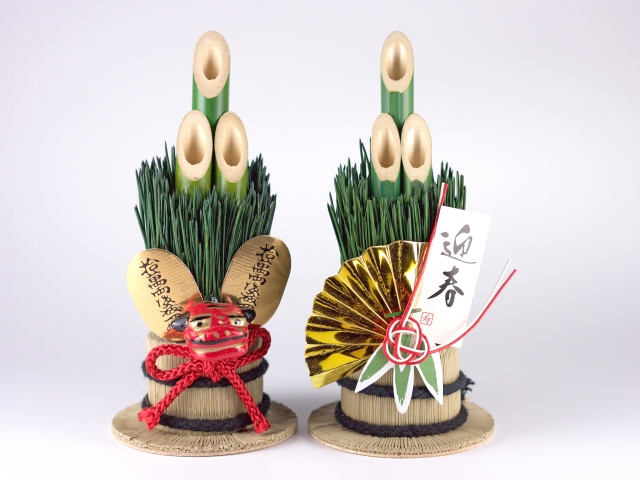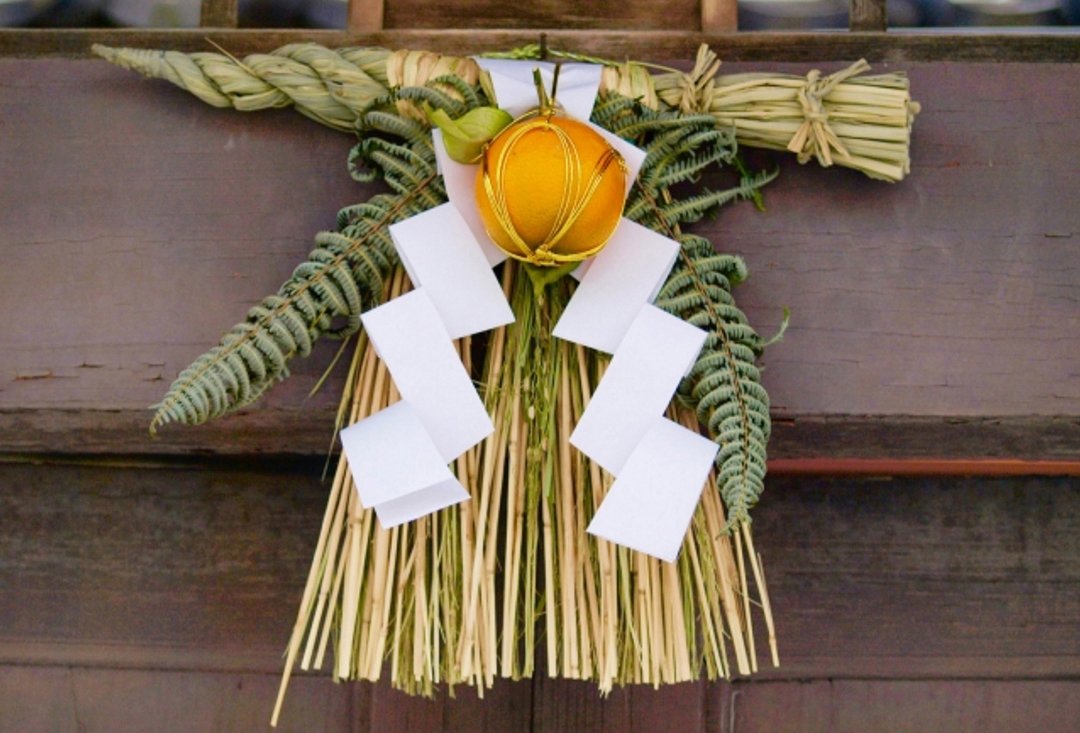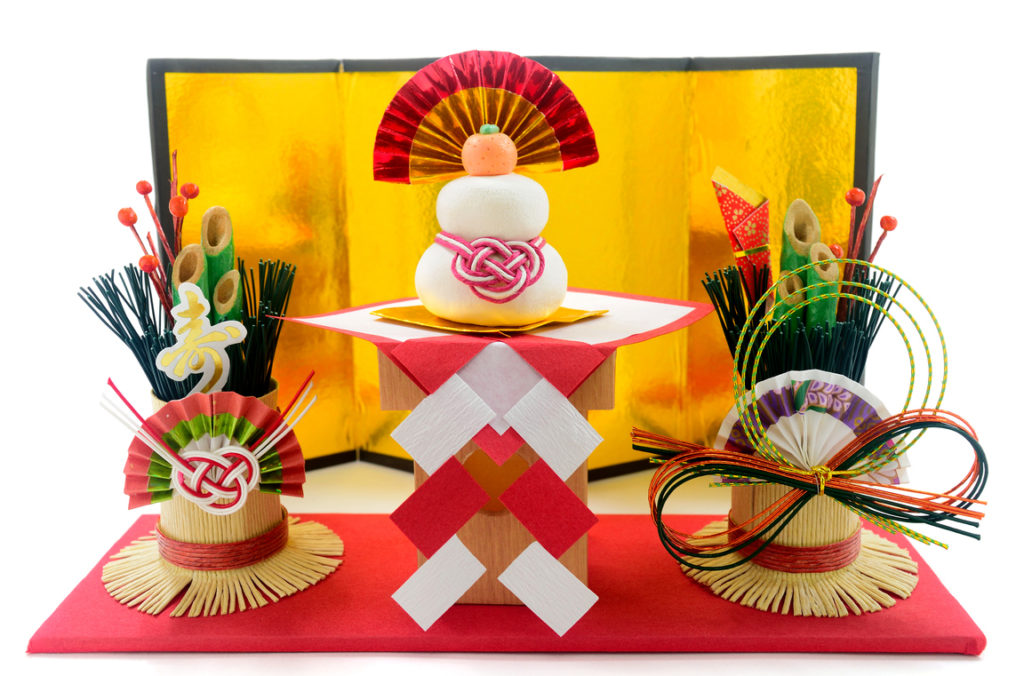The New Year, or “Shōgatsu,” is one of the most important holidays in Japan. With its unique traditions and beautiful decorations, it offers a fascinating glimpse into Japan’s culture. As someone who has spent years celebrating this vibrant festival, I am excited to share my insights on the various Japanese New Year decorations that can brighten up your home and bring good fortune for the year ahead.
Understanding Shōgatsu: The Japanese New Year
Shōgatsu typically lasts from January 1 to January 3, during which families come together to celebrate, reflect, and prepare for the upcoming year. Decorations play a vital role in setting the festive mood and welcoming prosperity.
Main Japanese New Year Decorations
Japanese New Year decorations are not just about aesthetics; each item carries deep cultural significance. Let’s explore some of the most common decorations:
1. Kadomatsu
Kadomatsu are traditional decorations made from pine, bamboo, and sometimes plum trees, placed at the entrances of homes. They symbolize longevity, prosperity, and the welcoming of ancestral spirits.
| Material | Symbolism |
|---|---|
| Pine | Long Life |
| Bamboo | Strength |
| Plum | Promise of Spring |
2. Shimekazari
Shimekazari is a traditional rope decoration made of rice straw, hung above doorways. It serves to ward off evil spirits and welcome good luck.
3. Toshigami-sama
This decoration is a representation of the year’s deity, often depicted as a painted figure or a small ornament. Family altars may feature Toshigami-sama to invite blessings into the home.

4. Osechi Ryori
While primarily a food tradition, the elaborate presentation of osechi ryori—a special New Year feast—often involves decorative aspects that showcase various symbolic meanings in Japanese culture.
Types of Japanese New Year Decorations
There are several categories of decorations to consider, each serving a unique purpose.

Decorations for the Home
1. Hanging Decorations
These include shimekazari and other door hangings that adorn entryways, inviting good fortune into the home.
2. Table Decorations
Table settings during Shōgatsu often feature decorative motifs like kagami mochi—stacked rice cakes symbolizing prosperity.

Outdoor Decorations
Outdoor setups mainly involve kadomatsu and other elements intended to attract blessings and prosperity while marking the entrance to the home.
Personal Experience with Japanese New Year Decorations
Growing up, my family always made it a point to decorate our home for the New Year. I vividly remember my mother hand-making our kadomatsu from pine and bamboo, teaching me the significance of each element as we crafted them together. The excitement of hanging up shimekazari with my siblings was always a joyous occasion, one filled with laughter and the promise of a new beginning.
One year, we decided to create our own personalized decorations. We mixed traditional elements with our creativity, resulting in a unique display that felt like a true reflection of our family’s spirit—inviting both the old and the new.

Tips for Decorating Your Home for Shōgatsu
Now that you know the traditional elements, here are some tips for adding your personal touch to your Japanese New Year decorations:
1. Choose Meaningful Elements
Look for items that resonate with your family values or aspirations for the upcoming year. This could be specific plants, colors, or symbols.
2. Incorporate Family Traditions
Share the decorating process with your loved ones and include items that represent your family’s history or traditions. This could be pictures from past celebrations or heirlooms.

3. Balance Tradition and Modern Touch
Feel free to mix traditional decorations with contemporary items that reflect your style, creating a unique and inviting atmosphere.
Comparison of Common Japanese New Year Decorations
| Decoration | Material | Symbolism | Location |
|---|---|---|---|
| Kadomatsu | Pine, Bamboo | Longevity, Prosperity | Entryway |
| Shimekazari | Rice Straw | Protection from Evil | Above Doorways |
| Toshigami-sama | Varied (Painted, Wooden) | Divine Blessings | Family Altars |
| Osechi Ryori | Food | Good Fortune | Dining Table |

Pros and Cons of Traditional Japanese New Year Decorations
Advantages
- Rich Cultural Significance: Each decoration carries deep meanings rooted in tradition.
- Beautiful Aesthetic: These decorations add a unique charm and character to your home.
- Family Bonding: The process of making and decorating together fosters family unity.
Disadvantages
- Time-Consuming: Creating some decorations may require significant effort and time.
- Maintenance: Natural elements like pine and bamboo may need care and replacement each year.
- Cost: High-quality materials can be expensive, especially if purchasing rather than making.
Frequently Asked Questions (FAQs)
What is the significance of kadomatsu in Shōgatsu?
Kadomatsu symbolizes prosperity and the welcoming of ancestral spirits into the home for the New Year.
How long do you keep New Year decorations up in Japan?
Typically, decorations remain until January 7, which is when the traditional New Year period officially ends.
Can I create my own Japanese New Year decorations?
Absolutely! Creating your own decorations allows you to personalize them while respecting the traditional meanings.
What are some modern interpretations of New Year decorations?
Many people now blend traditional elements with contemporary designs, using modern materials and styles while still honoring the original significance.